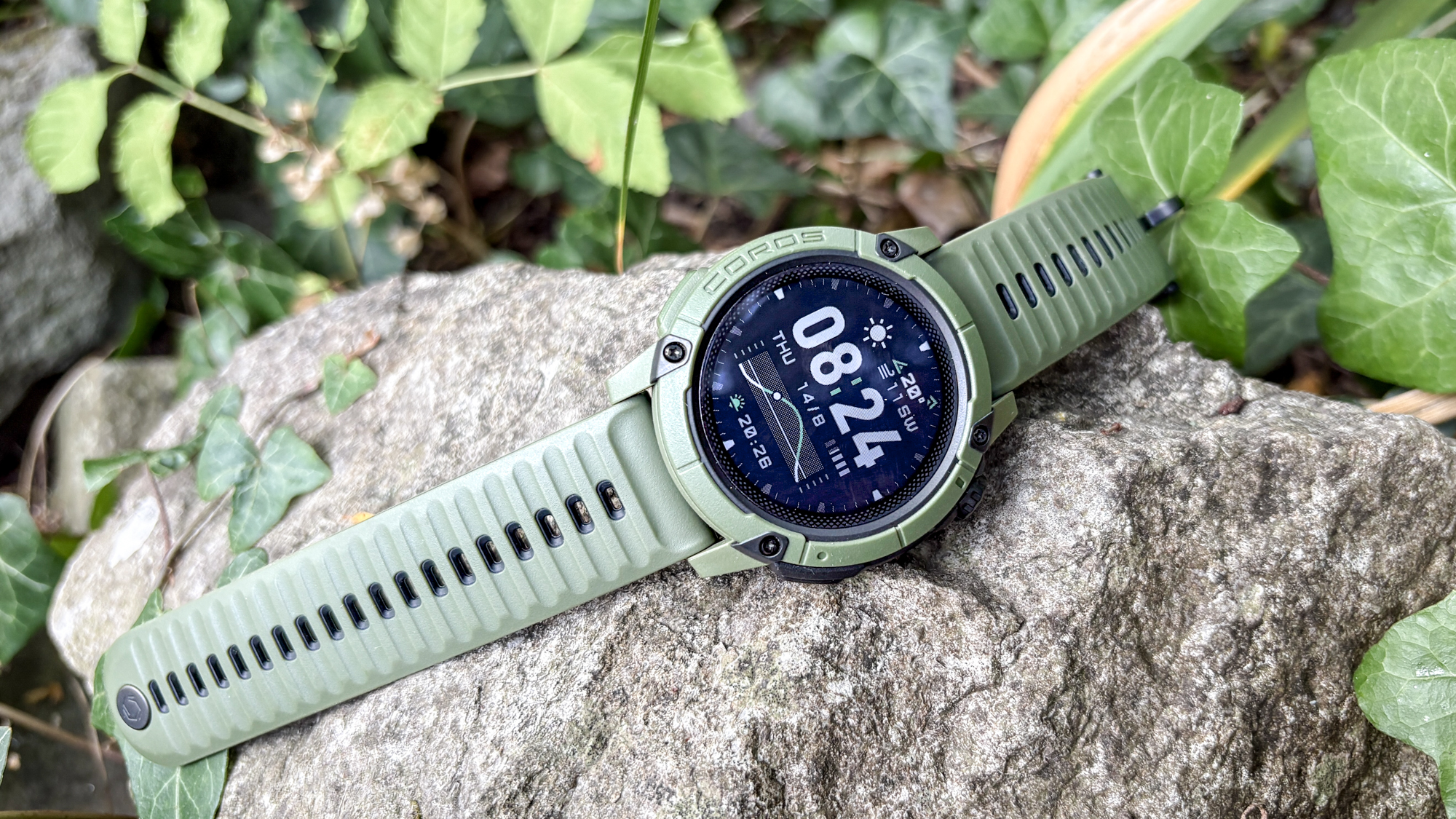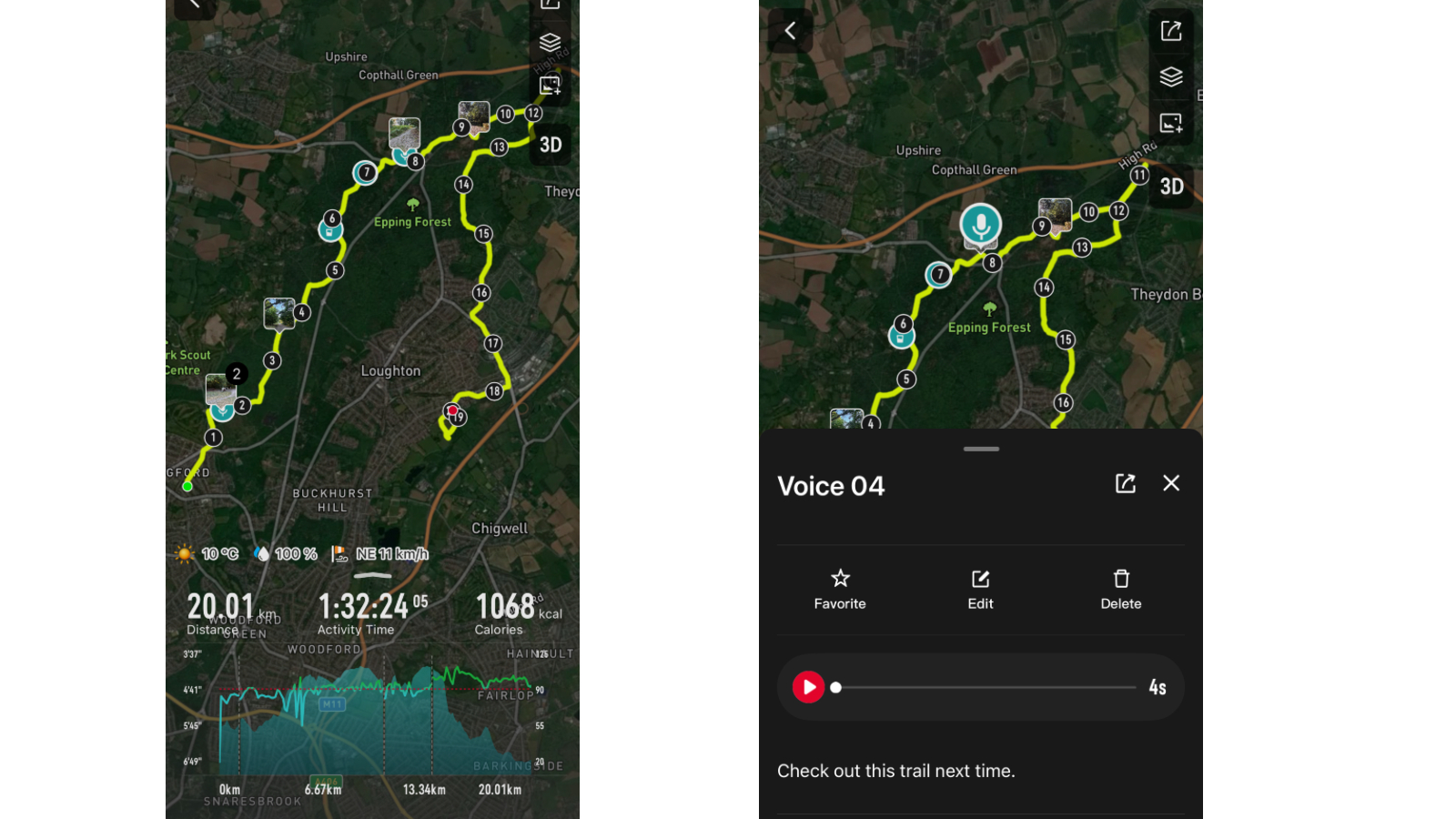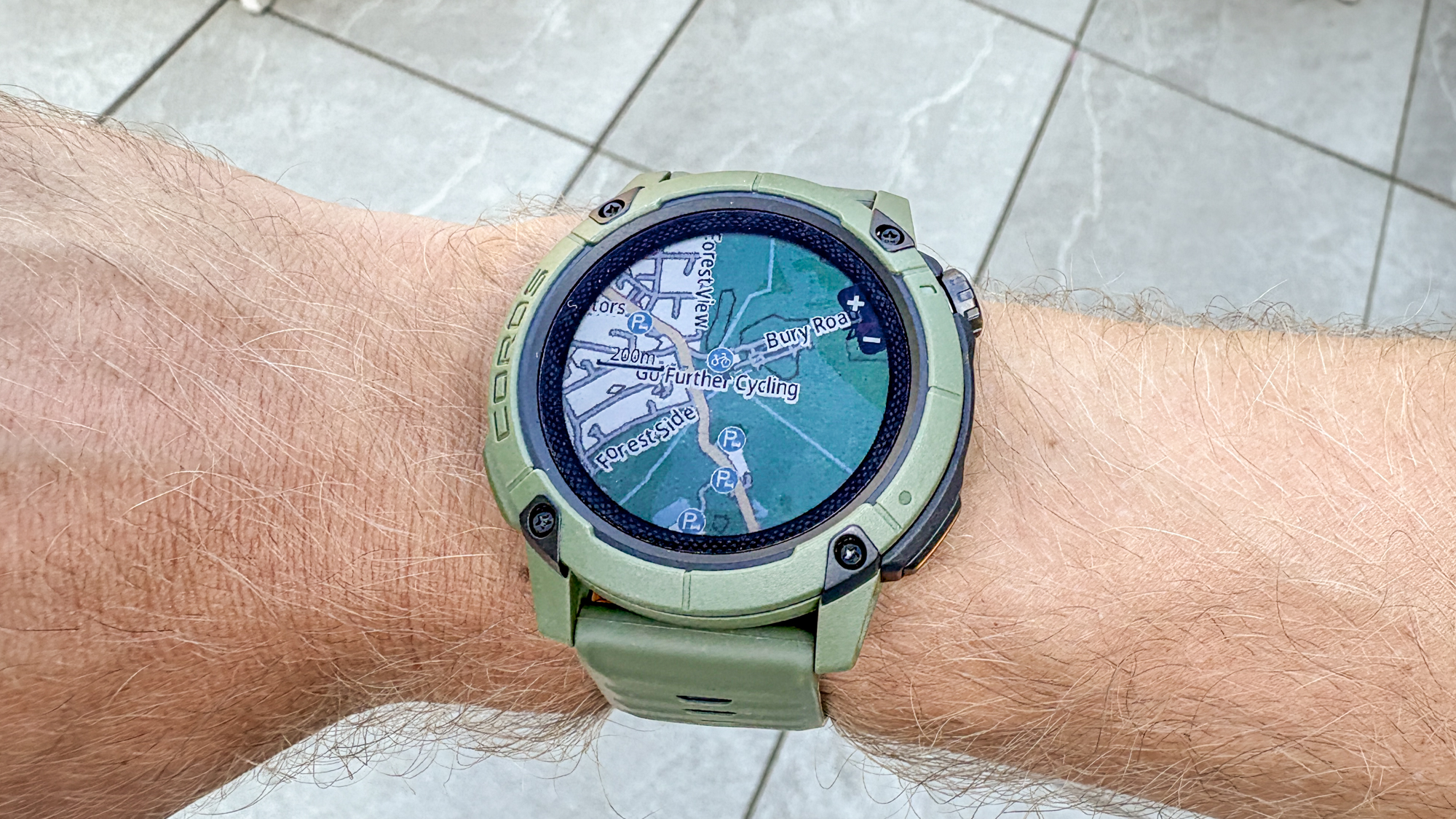I wore the Coros Nomad for a month — here are 6 things I like and 3 things I dislike

The Coros Nomad is an all-new sports watch that has a more rugged and adventure-focused design than the Coros Pace Pro, and comes in cheaper than the Coros Vertix 2S and Apex 2 range.
I’ve been testing out the Coros Nomad over the past month ahead of its launch, using it for over 200 miles of running along with tracking other workouts, including bike rides, strength sessions, and walks.
Overall, I’ve been highly impressed by the Nomad, and while it’s built for outdoors enthusiasts in particular — it has 10 types of fishing sports modes, for example — it’s also a great option for runners and triathletes who like the look of the watch and value long battery life.
Below you’ll find more info on the Coros Nomad, along with my main likes and dislikes after a month of testing. My colleague Dan Bracaglia, who lives a far more adventurous life than I, will follow up with a full review of the watch soon.
Coros Nomad: price and availability
The Coros Nomad launched on 19 August 2025 and costs $349 in the U.S. and £319 in the U.K., making it the same price as the Coros Pace Pro, an AMOLED sports watch aimed at runners. It’s cheaper than the Garmin Instinct 3, another mid-range adventure watch that has AMOLED and solar-charging options, but lacks the maps you get on the Nomad.
Like #1: The action button is useful
The action button on the Coros Nomad is mostly used as a shortcut to handy features. Outside of workouts, it activates the backlight, then within workouts, you can set it to switch between map and data screen, or to activate a shortcut like dropping a pin.
I found it useful for swapping between the map and my data screens during runs, so I could follow a route while also keeping an eye on my pacing easily. On walks and more relaxed runs, I used it to drop pins to certain spots.
Like #2: Adventure journal is fun

Adventure journal is a way to add extra depth to the activities you record with the Nomad. You can drop pins, record voice notes, and mark waypoints or POIs (like water stops) during your activity, then view them in the Coros app afterwards on the map of your route.
You can also sync any photos you took during the activity into the app, and they’ll be put on the route as well. For example, there are delightful longhorn cows in my local forest that I always snap when I come across them on the run, and I can see those photos in the Coros app on my route. I also used the feature to mark and photograph new trails I want to try in the future.
I think this feature will be even more fun and useful for hikers, and it adds an element of fun to activities, as well as being a handy way to remember things from your route.
Like #3: The battery life is incredible
Coros watches always offer excellent battery life, especially when they have memory-in-pixel screens like the Coros Nomad rather than an AMOLED display.
The Nomad is listed as lasting up to 22 days in watch mode, including stress and sleep tracking, and offers 50 hours of GPS tracking in all-systems GPS mode, and 34 hours of dual-band GPS tracking for those who want to use the most accurate setting.
Given that it’s a fairly light and small watch compared with models like the Garmin Fenix 8 or Coros Vertix 2S, these are big numbers, and I found the Nomad lasted me two weeks on a charge even when running every day with the dual-band GPS mode enabled.
Like #4: The GPS & heart rate accuracy is spot on
I did a lot of running with the Coros Nomad, testing its accuracy against the Garmin Fenix 8 and Garmin Forerunner 970, checking the GPS tracks after runs, and testing its heart rate readings against a chest strap monitor, which are more reliable than wrist sensors.
Throughout all those runs, and indeed other workouts, I didn’t notice any significant errors in the Nomad’s GPS and heart rate readings. It’s a very accurate training tool, and backs up its tracking with extensive training analysis as well.
Like #5: The maps and navigation tools are great

The Nomad has maps, a notable inclusion given its main rival is the Garmin Instinct 3, which lacks them. The maps are more detailed than on past Coros models, as Coros has upgraded this feature by adding street names, and it was easy to follow routes on the Nomad.
You can create those routes easily in the Coros app, or import them from other apps and websites. You can also save up to five points on your route and get weather forecasts for them that you can check for heat, rain and storms before your trip.
Like #6: You get weather on the watch face

Speaking of weather, another upgrade you get on the Nomad that’s a first for Coros is the ability to see the weather forecast on a watch face.
Before now, Coros has only allowed a few stats to be shown on its watch faces, so hopefully this points to more widespread customization options in the future, because this is an area where it lags behind other sports watch brands as well as smartwatches.
Dislike #1: The MIP display won’t suit everyone

Memory-in-pixel displays were once the only option on sports watches, but AMOLED screens are increasingly becoming de rigueur because battery life improvements mean you can get a brighter display while still having a watch that lasts more than a day or two.
The display on the Nomad is still bright and clear, and very easy to read in sunlight, where MIPs screens match or even best AMOLED, and it’s the reason the Nomad has such great battery life. However, for general use and under cloudy skies or tree cover, I do prefer an AMOLED display.
Dislike #2: You don’t get many smart features
The Coros Nomad does offer music storage, but this is limited to drag-and-drop MP3 files; you can’t link up a streaming service. It doesn’t have an app store or offer NFC payments, which you do get on the best Garmin watches, which can also link to Spotify, Deezer and Amazon Music.
This is a sports or adventure watch, not a smartwatch, so it’s not a must that it has these features, but other sports brands are making moves to include them in their devices, so Coros might feel obliged to follow suit eventually.
Dislike #3: It doesn’t have solar charging
As noted above, the Nomad offers great battery life, but it doesn’t have solar panels on its watch face to extend this, a feature you do get on Garmin and Suunto’s memory-in-pixel adventure watches.
I didn’t miss this much as I live in the UK and I’m not outside most of the day, but for a watch aimed at adventurers who could spend many hours in the sun each day, solar panels could have made a big difference in boosting the already impressive battery life.
Follow Digitpatrox on Google News to get our up-to-date news, how-tos, and reviews in your feeds. Make sure to click the Follow button.
More from Digitpatrox
Source link

